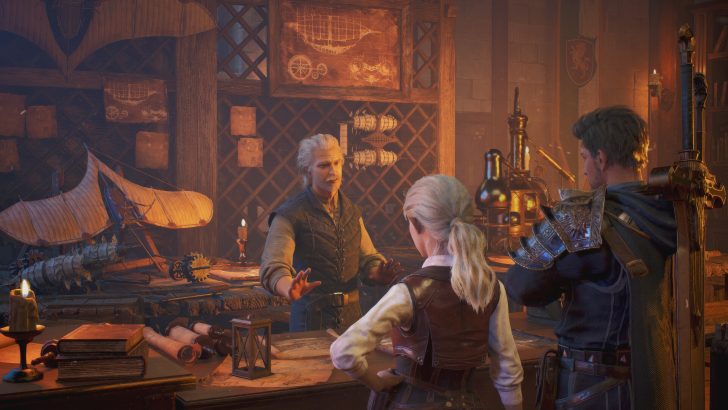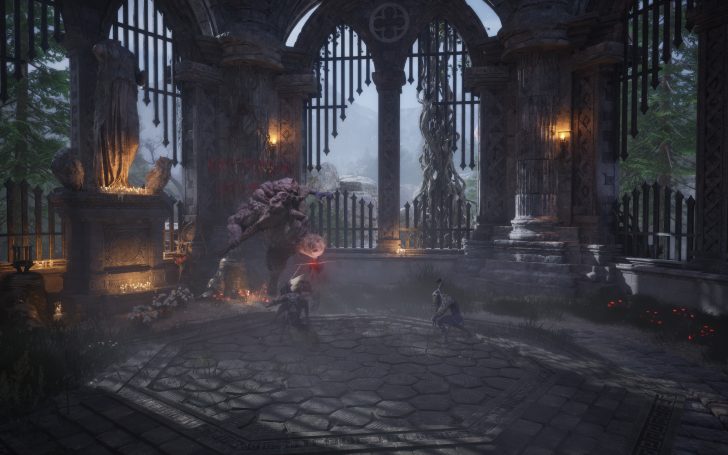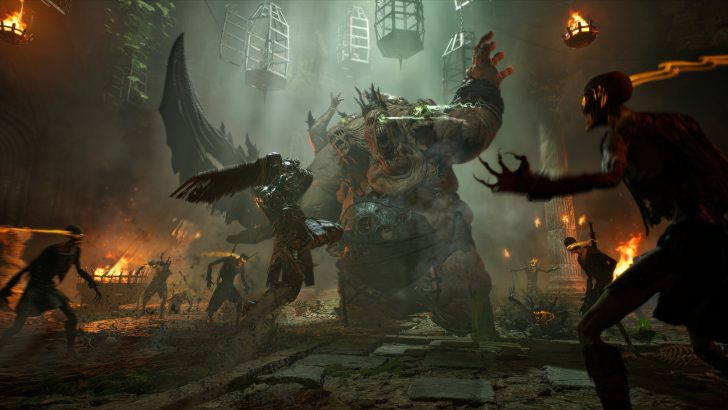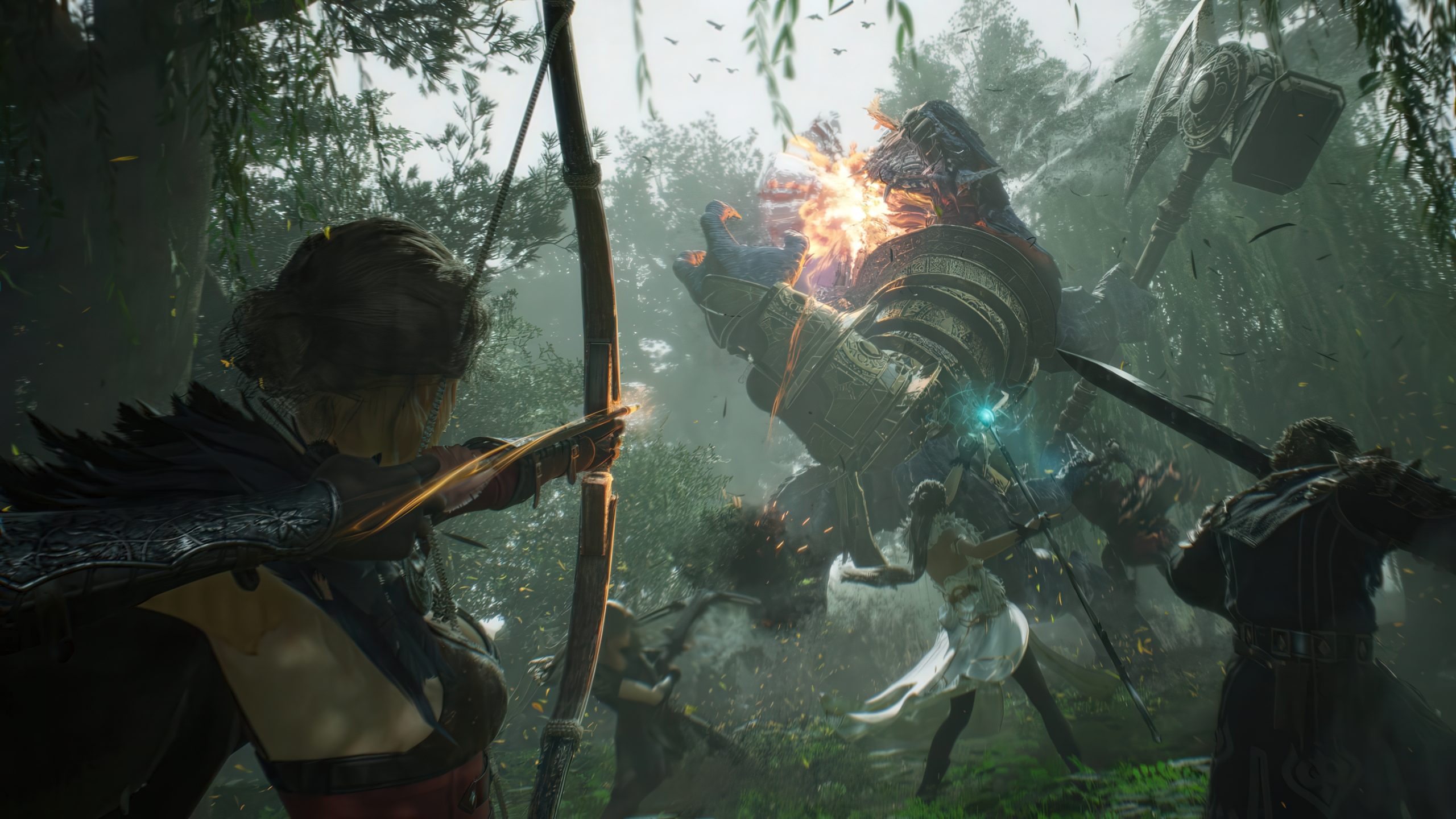One year after XL Games and Kakao Games pivoted from ArcheAge 2 to ArcheAge Chronicles, details emerge about this reimagined online RPG. The title ditches its predecessor’s territorial warfare mechanics, focusing instead on narrative-driven cooperative play for a broader audience.
Initial plans for a direct sequel included massive PvP sieges, but developer insights reveal Chronicles now emphasizes flexible storytelling and solo-friendly systems. Our latest discussion with the team explores revisions to progression, housing, endgame activities, and more ahead of its 2026 multiplatform launch.
Wccftech: Beyond omitting siege PvP, what other MMORPG elements were adjusted for Chronicles?
The original’s intricate interplay between freedom and obligation inspired our redesign. While crafting, naval exploration, and personal estates remain core pillars, we’ve reconfigured systems to prioritize accessibility. Territory control mechanics clashed with action-focused combat’s pacing, so we redirected energy toward refining class customization and environmental storytelling.
Our vision maintains the series’ adventurous spirit through redesigned cooperative loops. Trading caravans still traverse distinct biomes, but ambush risks now stem from dynamic events rather than player factions. Settlements foster communal hubs instead of contested fortresses, letting users shape neighborhoods without competitive pressures.

Do signature features like cooperative trading and player-built towns survive these changes?
Caravan operations persist as risk-reward economic pillars but function within reshaped parameters. Instead of guild-controlled choke points, routes feature shifting danger zones influenced by world events. Players can still pool resources for collective gains, though objectives scale for smaller parties.
Construction mechanics now emphasize personalization over geopolitics. While launching entire settlements isn’t feasible, neighborhoods allow collaborative projects through phased building unlocks. Guild halls enable communal storage and crafting stations, letting members imprint their identity on persistent hubs.
How do guilds influence the Chronicles experience without territory wars?
Guilds transition from wartime factions to social accelerators. Shared progression tracks unlock cosmetic home decorations, crafting bonuses, and expedition perks. Time-limited initiatives let members contribute through preferred activities—crafters might refine siege engine blueprints while adventurers gather rare components for guild airships.




Describe the roadmap beyond the main storyline.
Endgame progression branches into parallel tracks: lore hunters pursue ancient relic chains revealing the game’s creation myths, while combat specialists tackle scaling sanctuaries with evolving enemy tactics. Crafting endgames involve rebuilding war-torn regions through resource contraband networks, rewarding architects with exclusive housing blueprints.
How does the combat system differentiate classes?
Each archetype employs distinct control philosophies. Spellcasters chain elemental combos through gesture inputs, while rogues utilize timed button sequences for lethal flourishes. Defense specialists employ parry counters that temporarily amplify allies’ abilities, creating synergies during coordinated strikes.




What competitive elements remain?
Seasonal arenas offer 3v3 skirmishes with rotating map hazards—think magma vents disrupting choke points or sudden sandstorms obscuring visibility. Leaderboards track performance across criteria like execution creativity, with top rankings unlocking ephemeral titles and mount skins.
Any hints about the revised crime system?
While specifics remain under wraps, expect reputation layers affecting NPC interactions. Notoriety could grant access to underground markets but trigger elite bounty hunters. Redemption arcs might involve community service quests impacting regional stability.

